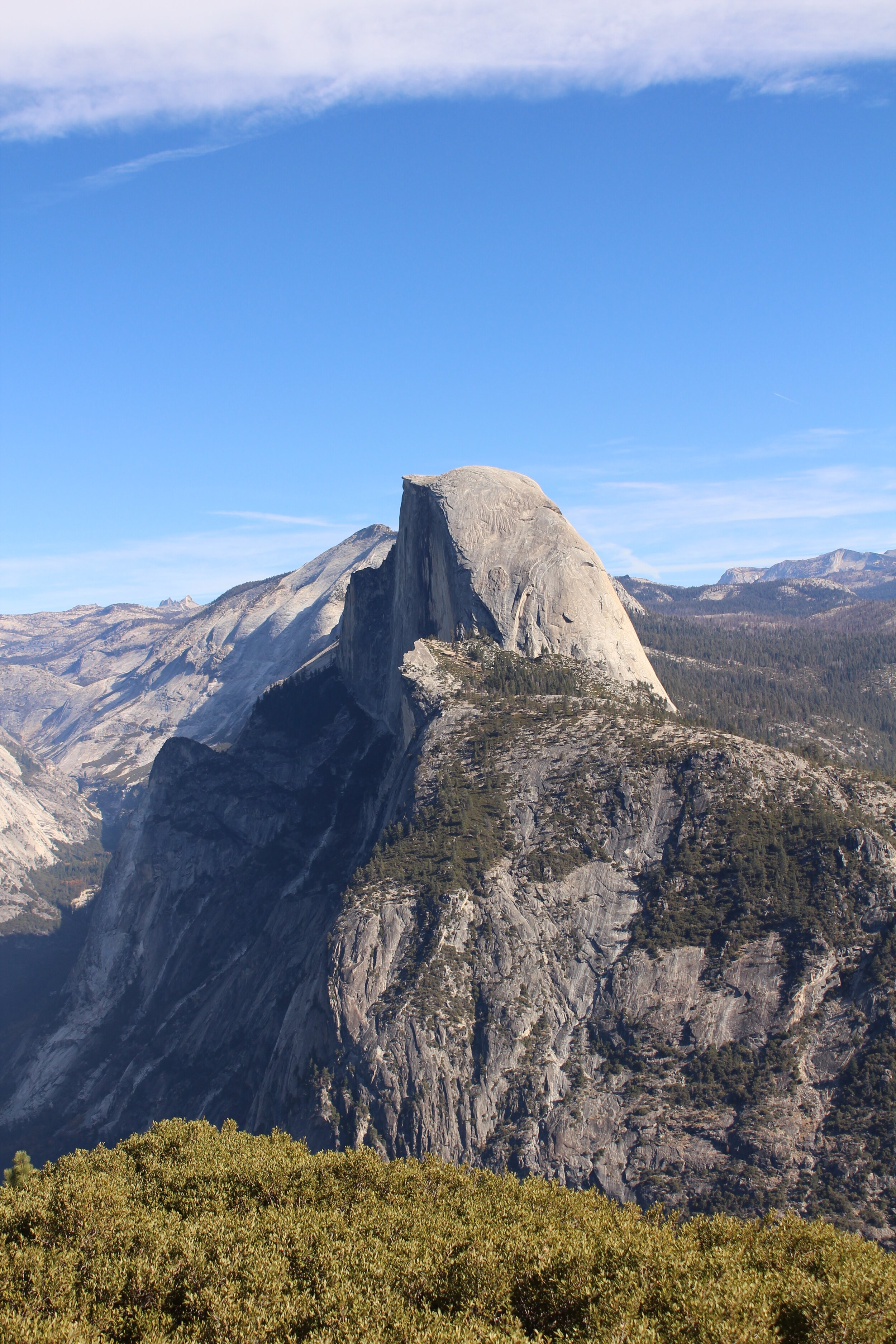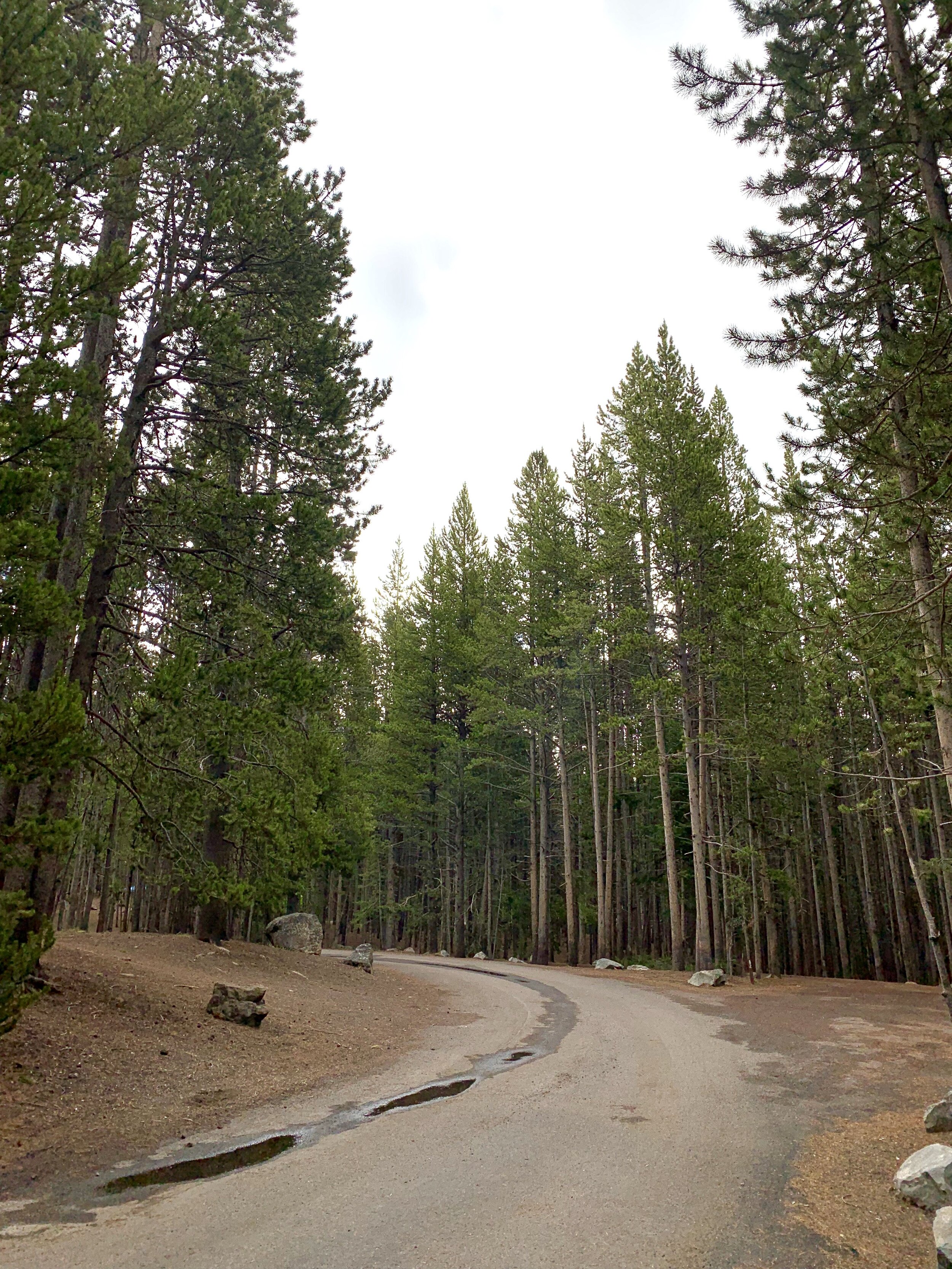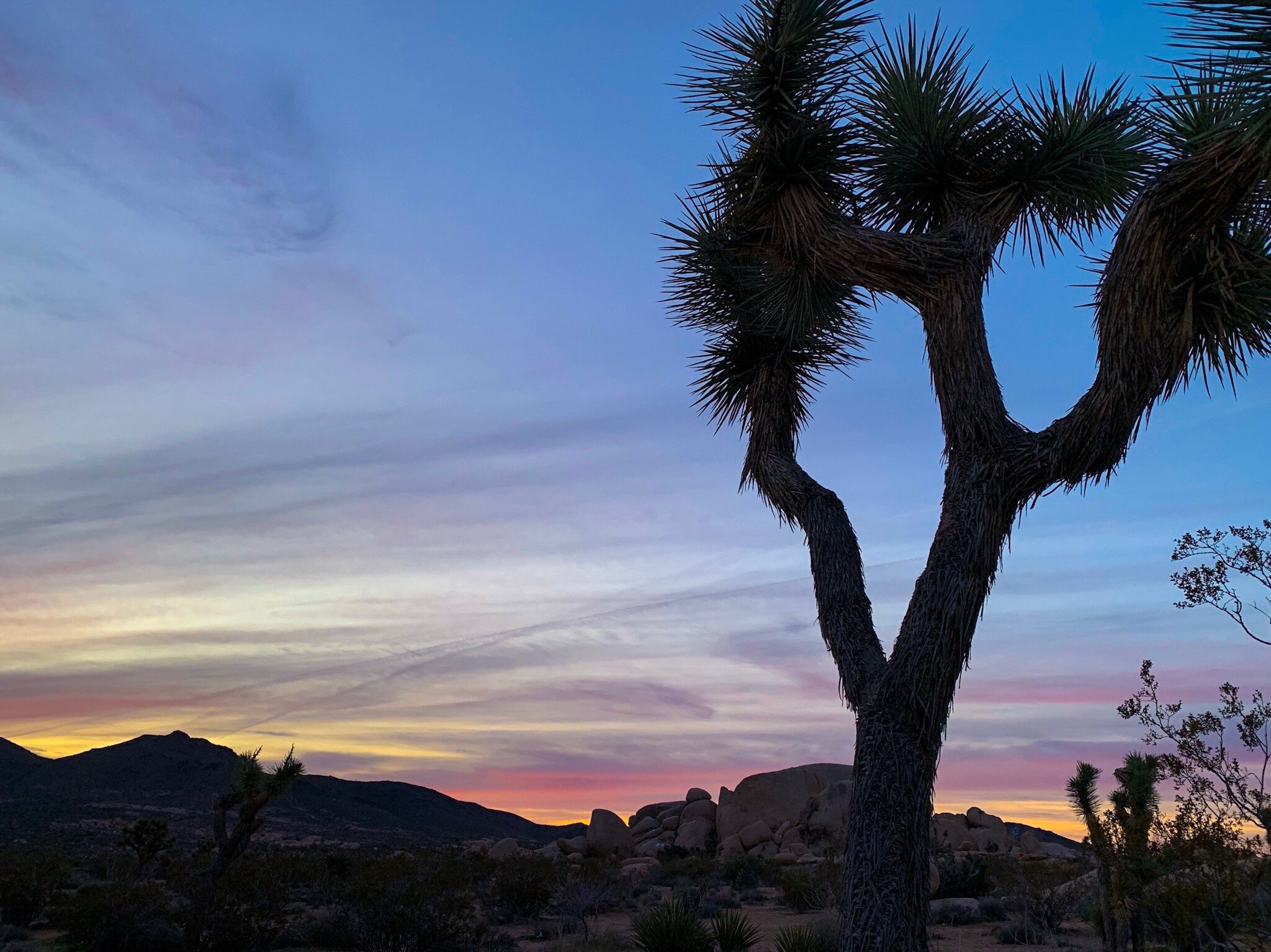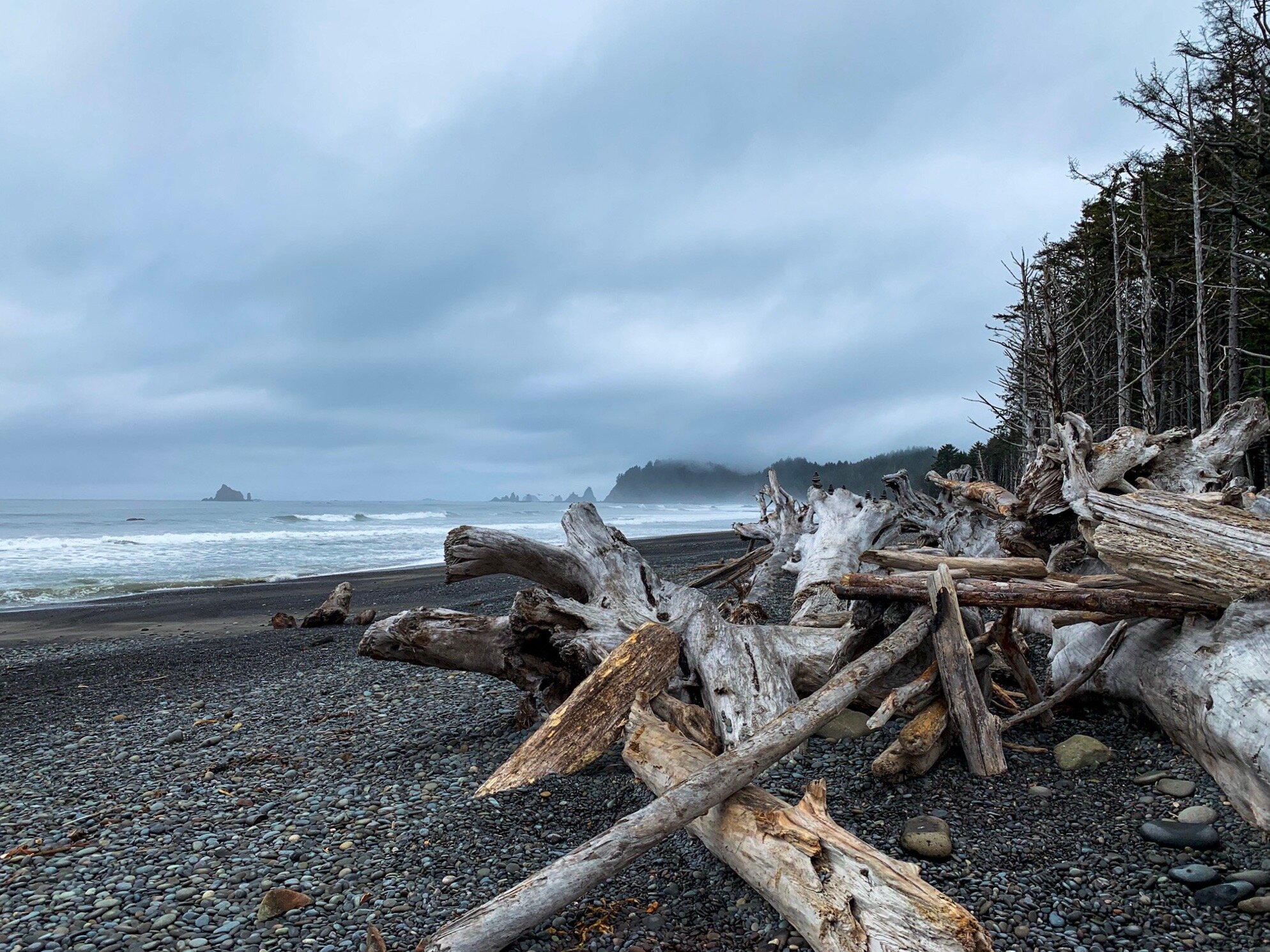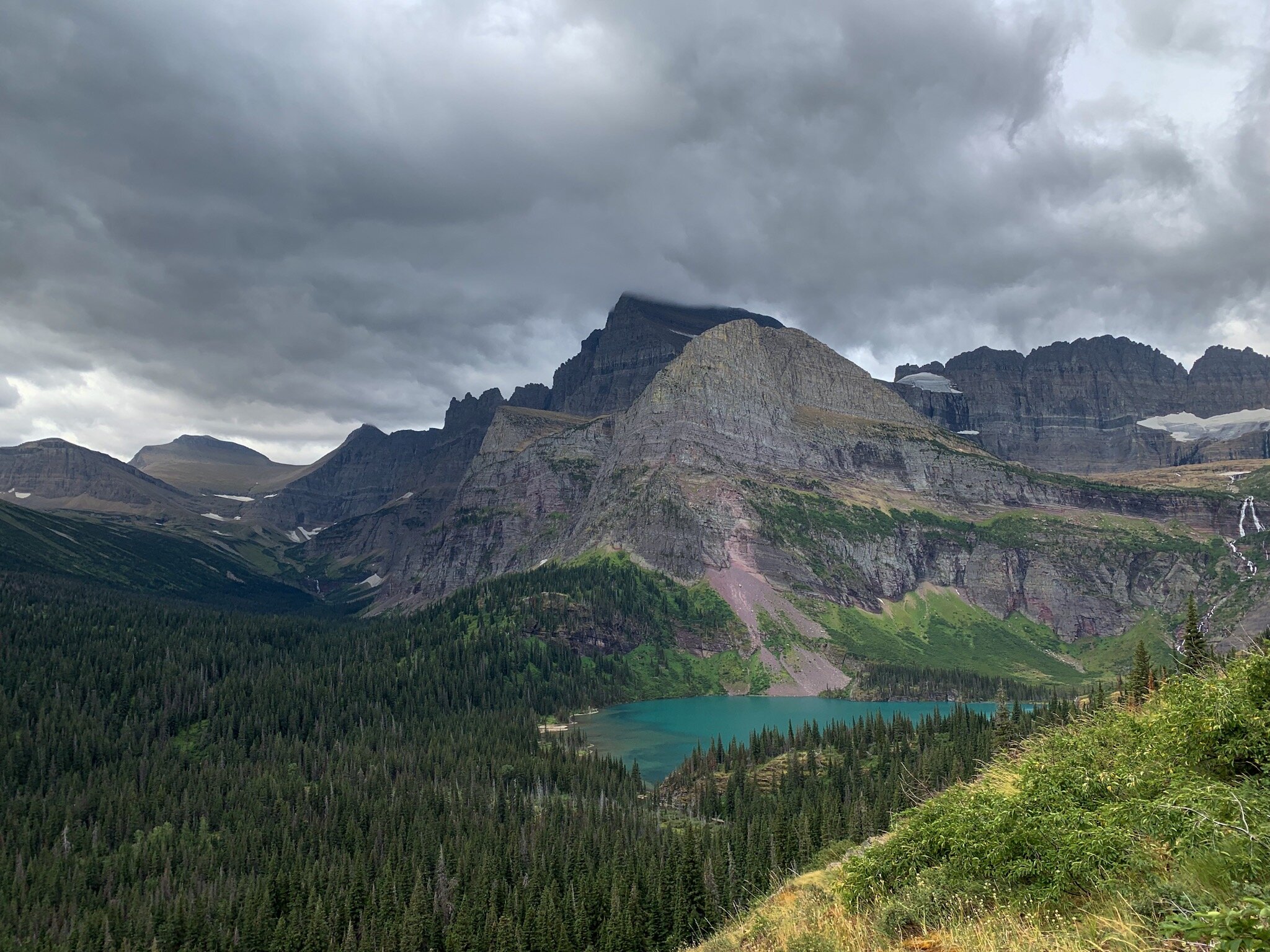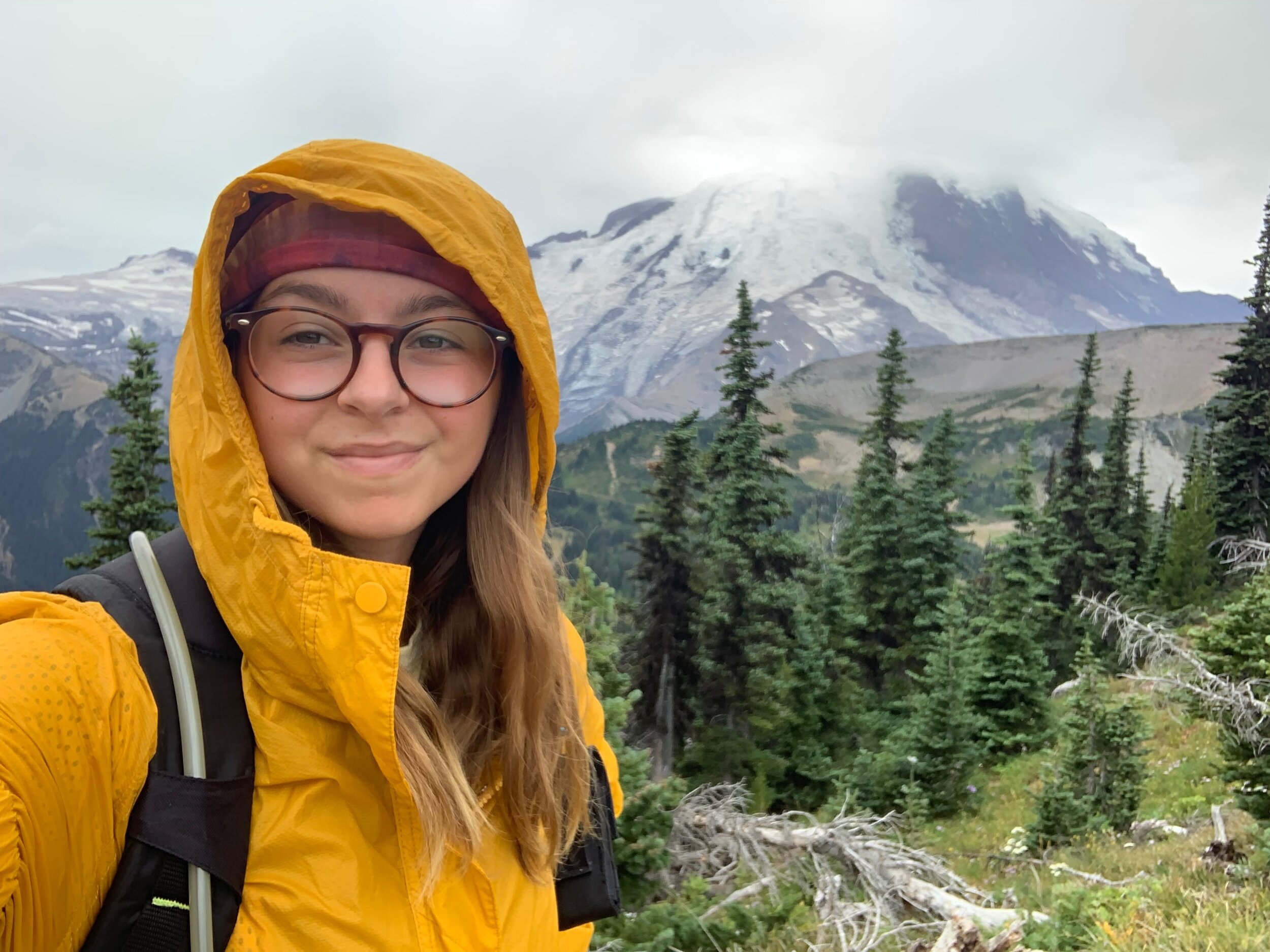Oregon is hands down one of my favorite places in the US. It’s almost as diverse as California, yet rivals it when it comes to changing seasons. I just had the opportunity to spend my Thanksgiving week properly visiting Portland. And while Portland is a cool little city, I kept finding myself drawn to Oregon’s nature. The Pacific North West is one of the best places in the country for mountains, pine trees, and even beaches, and I’ve compiled a list of my favorite natural places in Oregon to photograph (or, those that I’ve been to so far).
To follow me on Instagram for more pictures like these, and plenty of travel inspiration, click HERE or visit the CONTACT page.
Geotag Disclaimer: if you choose to use geotags on your Instagram feed, please be responsible, and keep local secrets you find that aren’t on this list, well, secret. Geotags have the tendency to draw crowds and ruin natural spaces, so in line with Leave No Trace, let’s leave no map too.
So, grab your camera or phone, don’t forget a good snack, and hop in the car. This ride’s about to get insanely pretty.
Crater Lake National Park
Haystack Rock
While this one might be a bit obvious to those of you engrossed in the crazy world of Instagram, it’s a spot that tops many Oregon travelers’ bucket lists by a long shot. Located on Cannon Beach, Haystack Rock is a huge rock formation known for its famous reflection in the sand. This is easily one of the most popular spots in Oregon, and for good reason. The Oregon coast is a famous stretch of coastline, and this is easily the most famous beach on the drive.
Cannon Beach is a dog friendly beach, and has free parking only a couple blocks away. It’s only about an hour from Portland, and is super easy to find.
A tip for my vanlifers: It’s a bit (and by a bit, I actually mean a lot) hard to find affordable camping, let alone safe boondocking spots, so if you’re living that vanlife, you might want to dive up over the state line and stay at the rest stop that’s 40 minutes away.
Haystack Rock on Cannon Beach, Oregon Coast
Hoyt Arboretum
If you’re staying in Portland, this is an awesome place to go to lose yourself amongst the PNW’s famous pine trees and redwoods. The Hoyt Arboretum is located within Washington Park, and is basically a living museum. You can grab a map at the visitor center, or just wander the marked trails. Each area of the park features a different type of tree, from redwoods to maple. This was actually the first time my family was able to snag a glimpse of our West Coast redwoods.
The Hoyt Arboretum is completely dog friendly, and free to enter, but you do have to pay for parking. You can hike about a mile (one way) to Pittock Mansion from the visitor center if you want a view of the city too!
Redwood Deck in the Hoyt Arboretum, Portland
Smith Rock State Park
Located about 30 minutes outside of Bend, Smith Rock State Park is known by rock climbers across the country. I am not a rock climber, and I came here with a friend from the road when we both happened to be in Bend. There are quite a few hiking trails here for all hiking abilities, if you’re not into climbing, and there are spectacular views all around. This is the best place for you to head if you’re in Oregon and craving some desert-esque landscapes. It reminded me of this park in Los Angeles that I used to visit with my parents called Vasquez Rocks (which I largely credit my love of the outdoors to).
Smith Rock does allow dogs and has paid camping available.
Smith Rock State Park
Crater Lake
I’ve talked about Crater Lake a couple times on here, but it’s the deepest lake in the country, so how could it not make it onto this list? With its deep, blue water and towering pine trees, Crater Lake is far more than just a lake. This National Park includes a beautiful scenic drive, volcanic-formed pinnacles, and a little island dubbed Wizard Island. Even if you’re not a big hiker, you’ll be able to grab some of the best and bluest shots to fill that ‘gram with at Crater Lake.
A tip for my vanlifers: Lost Creek Campground is a bit out of the way, but only costs $5 a night! It gets super cold, even in the summer, so make sure you have the right gear!
Crater Lake National Park, aka one of the coldest days I’ve spent on the road so far
Multnomah Falls:
On the same level of Insta-popularity as Haystack Rock, you’ve likely seen a picture or two of Multnomah Falls come across your feed. This was a bucket list item of mine for a long time. Multnomah Falls is part of the Columbia River Gorge area, on National Forest Land, and is a 620 foot tall two-tiered waterfall that features a bridge. You can hike to the top, or you can get that perfect shot from the bottom (it was raining, so my family chose the latter).
There is free parking just across the street, and the falls is a dog friendly area. Just a few minutes down the road, you’ll find Wahkeena Falls as well, another large waterfall in the area with a hiking trail.
Multnomah Falls in late November
There are plenty of super beautiful spots throughout Oregon, but these are easily my favorites I’ve been to so far. Oregon in itself is incredibly pretty, so make sure you get off that beaten path a little bit too.
To learn more about my favorite places in the country, make sure you check out my full 3 month, 48 state road trip itinerary, available now in the shop!





















